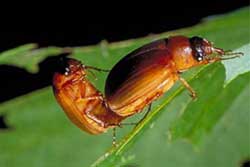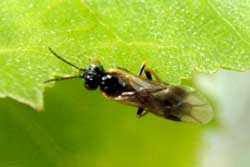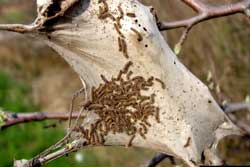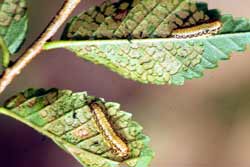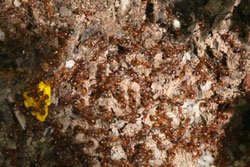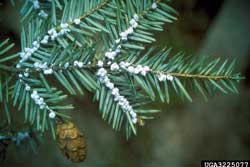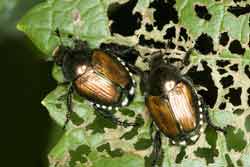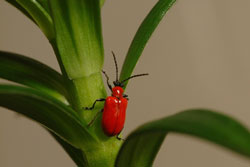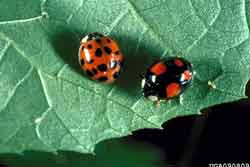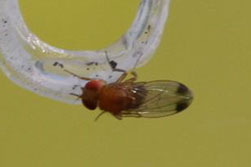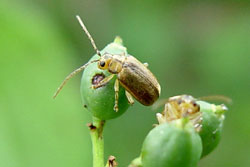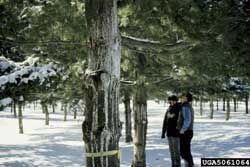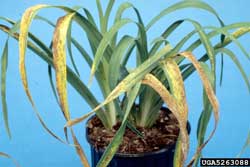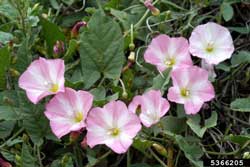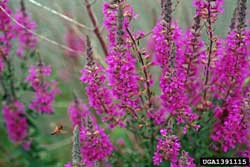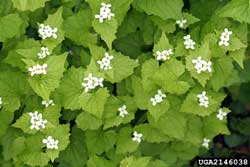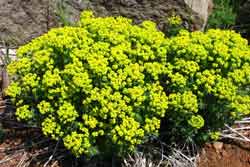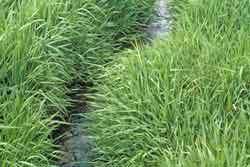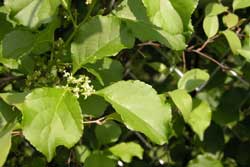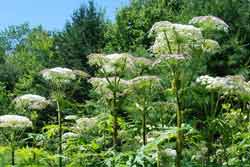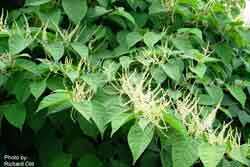Home → Pests → Invasive Pests
Invasive Pests
On this Page:
- What is an invasive pest?
- Watchlist - Newly established or not known to be in Maine, but we're looking out for them!
- Bugs
- Plant Diseases
- Weeds
List of licensed companies offering invasive terrestrial plant control in Maine
What is an Invasive Pest?
An "invasive species" is defined as a species that is:
- Non-native (or alien) to the ecosystem under consideration, and
- Whose introduction causes or is likely to cause economic or environmental harm or harm to human health. (Executive Order 13112)
Invasive species can be plants, animals, and other organisms (e.g., microbes). Human actions are the primary means of invasive species introductions." - United States Department of Agriculture
"An invasive species is a non-native species (including seeds, eggs, spores, or other propagules) whose introduction causes or is likely to cause economic harm, environmental harm, or harm to human health. The term 'invasive'; is used for the most aggressive species. These species grow and reproduce rapidly, causing major disturbance to the areas in which they are present." - Invasive.org
(The National Invasive Species Council - Clarification and Guidance White Paper) (PDF)
More Invasive Pests Resources
- Want to Know More? More Information about Invasive Species
- Invasive Plants Information—Maine Natural Areas Program
- Invasive Plant Photo Gallery—Maine Natural Areas Program
- Invasive Threats to Maine's Forests and Trees—Maine Forest Service
Watchlist
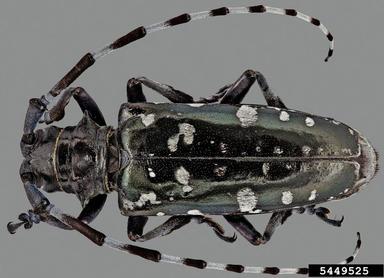
Asian Longhorned Beetle - Not Yet in Maine
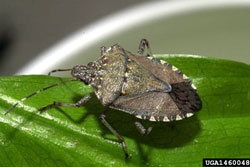
Brown Marmorated Stink Bug - Newly Established in Maine
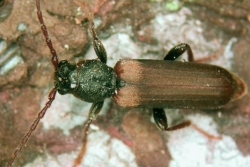
Brown Spruce Longhorned Beetle - Not Yet in Maine!
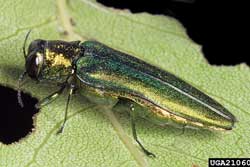
Emerald Ash Borer - Newly Established in Maine
Bugs
Plant Diseases
Weeds
Want to Know More? - More Information about Invasive Species
Note: This page includes only those invasives that we have already included as "pests" on our site. There are other species that might be considered invasive in Maine.
[Photos, left to right: (Asian longhorned beetle) Kenneth R. Law, USDA APHIS PPQ, Bugwood.org; (brown marmorated stink bug) David R. Lance, USDA APHIS PPQ, Bugwood.org; (brown spruce longhorned beetle) Georgette Smith, Canadian Forest Service, Bugwood.org; (emerald ash borer) David Cappaert, Michigan State University, Bugwood.org; (Asiatic garden beetle) David Shetlar, Ohio State University; (birch leafminer) Cheryl Moorehead, individual, Bugwood.org; (browntail moth) Jan Samanek, State Phytosanitary Administration, Bugwood.org; (elm leaf beetle) Whitney Cranshaw, Colorado State University, Bugwood.org; (European fire ant); (hemlock woolly adelgid) Connecticut Agricultural Experiment Station Archive, Connecticut Agricultural Experiment Station, Bugwood.org; (Japanese beetle) David Cappaert, Michigan State University, Bugwood.org; (lily leaf beetle) Lisa Tewksbury, University of Rhode Island, Bugwood.org; (multicolored Asian lady beetle) Louis Tedders, USDA Agricultural Research Service, Bugwood.org; (spotted wing drosophila) Hannah Burrack, North Carolina State University, Bugwood.org; (viburnum leaf beetle) Paul Weston, Cornell University, Bugwood.org; (white pine blister rust) Joseph O'Brien, USDA Forest Service, Bugwood.org; (daylily rust) Division of Plant Industry Archive, Florida Department of Agriculture and Consumer Services, Bugwood.org; (morning glory) K. George Beck & James Sebastian, Colorado State University, Bugwood.org; (purple loosestrife) John D. Byrd, Mississippi State University, Bugwood.org; (garlic mustard) David Cappaert, Michigan State University, Bugwood.org; (cypress spurge) Todd Pfeiffer, Klamath County Weed Control, Bugwood.org; (quackgrass) Steve Dewey, Utah State University, Bugwood.org; (Oriental bittersweet) Nancy Loewenstein, Auburn University, Bugwood.org; (giant hogweed) Maine Department of Agriculture; (Japanese knotweed) Richard Old, XID Services, Inc., Bugwood.org; ]
